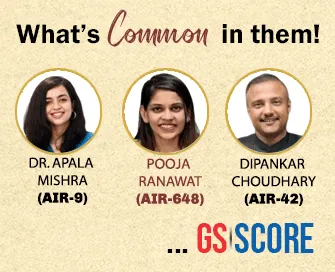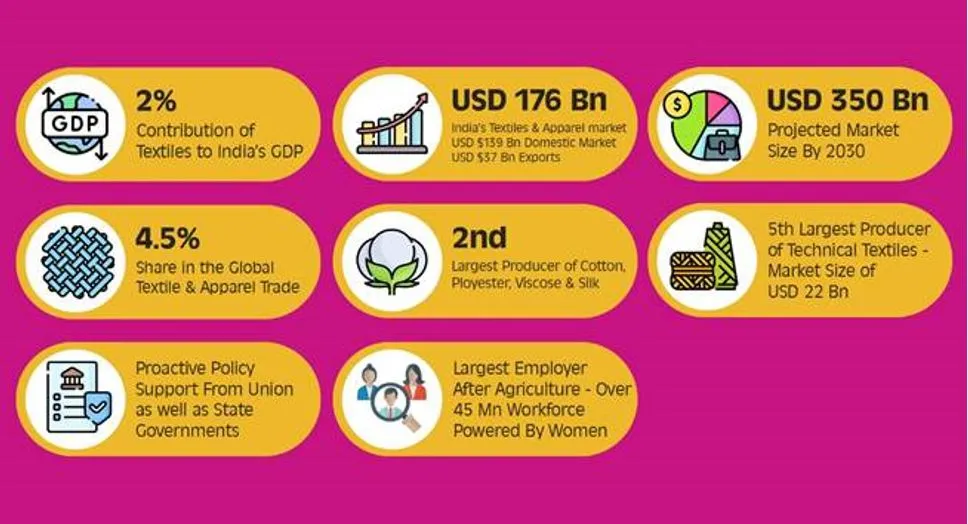

25th February 2025 (13 Topics)
Context
Despite its large size, India’s textile industry has struggled with slow growth in recent years.
Current state of India’s textile industry
- India is the sixth-largest exporter of textiles globally, contributing 21% to the country's total exports in 2023-24. The sector holds a 4.5% share in global trade, with the United States and European Union accounting for47% of India's textile and apparel exports.
- It employs over 4.5 crore people, with a significant portion of the industry focused on small and medium enterprises (MSMEs) across specialized hubs like Bhiwandi (Maharashtra), Tiruppur (Tamil Nadu), and Surat (Gujarat).
- Cotton Production: India is the second-largest cotton producer globally, contributing to 24% of the world’s cotton output. Cotton cultivation employs about 60 lakh farmers, especially in Gujarat, Maharashtra, and Telangana.
- Man-Made Fibres (MMF): India is the second-largest producer of synthetic fibres, with Reliance Industries and Grasim Industries leading production. However, MMF consumption per capita in India is low compared to countries like China and the U.S.
- Growth and Exports:
- India’s textile and apparel industry contributes 13% to industrial production, 12% to exports, and 2% to GDP.
- Exports were stagnant, reaching $34.1 billion in FY24, only slightly higher than $33.4 billion in FY20.
- India’s exports face tough competition from countries like China, Vietnam, and Bangladesh, which benefit from lower production costs, vertically integrated supply chains, and simpler regulations.

Challenges:
- Production Costs: High production costs, particularly in cotton and MMF, reduce India’s export competitiveness. Raw materials like polyester and viscose fibres are more expensive in India compared to China.
- Fragmented Supply Chain: India’s cotton supply chain is fragmented, leading to higher logistical costs and inefficiencies.
- Complex Regulations: India’s textile exporters face complicated customs procedures, unlike competitors in countries with free trade agreements and simpler regulations.
Sustainability Concerns:
- Global demand for sustainability is rising, and the textile industry must comply with stricter environmental standards. The EU’s new regulations on sustainability pose challenges, especially for small enterprises.
- India is looking at a growing textile recycling market, but the shift to sustainable production methods is costly and challenging for smaller firms.
- Fashion waste is a global issue, and India, like others, needs to address textile waste recycling to meet future sustainability goals.
Government/Policies for Textile Sector
|
More Articles

